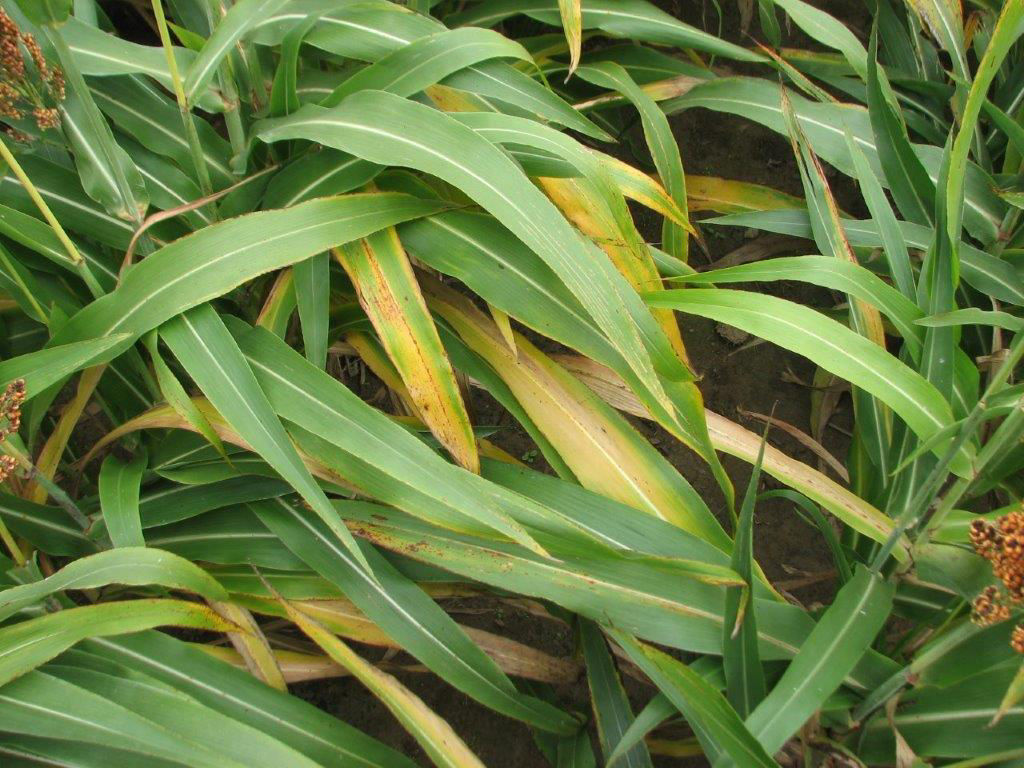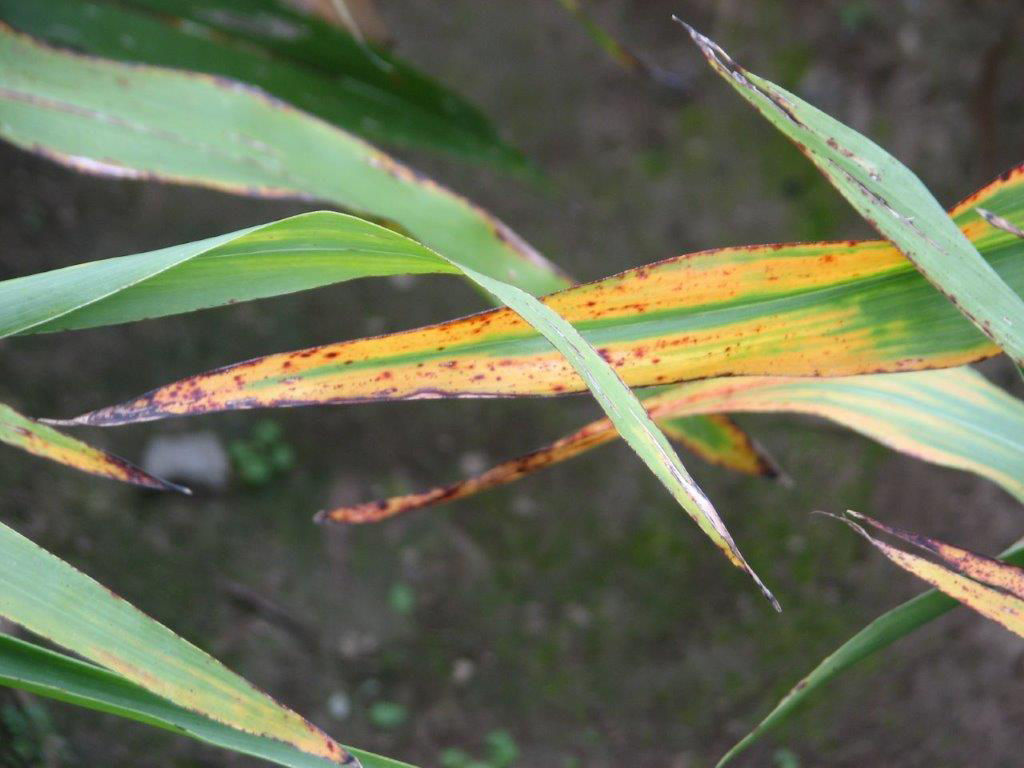4 MIN READ
Fertilizing to Help Maximize Grain Sorghum Yields
January 3, 2022
Grain sorghum can be grown in a wide range of growing conditions and should be managed accordingly. Many times, grain sorghum is viewed as a low maintenance crop; however, sorghum responds well to fertilizer inputs, especially in lower testing soils. Fertility requirements are best determined by soil testing, estimated crop removal, and yield history. Soil testing determines which nutrient(s) are likely to limit production, and the results are the basis for developing a fertility management plan. Planning a soil fertility program for grain sorghum looks very similar to an effective corn fertility program in terms of the key nutrients: nitrogen, phosphorus, potassium, and zinc. This is key because a balanced fertility program can help decrease the incidence of other yield-limiting factors such as water use efficiency and standability.
Nitrogen is often the most limiting nutrient in sorghum production. Nitrogen rates depend on whether the yield environment is low or high yielding. Growers need to have realistic yield goals by taking into consideration, annual rainfall, soil type, and crop rotation. Much like corn, sorghum utilizes nitrogen rapidly after plants reach the five-leaf stage. Applications should be timed so nitrogen is available for the rapid growth phase (about 30 to 40 days after emergence) when yield potential is being established in the sorghum plants. Split fertilizer applications are an effective way to supply nitrogen as the nutrient is mobile and may be lost before plant uptake. Nitrogen deficiency symptoms appear as a “v” shaped leaf with yellowing starting at the leaf tip (Figure 1).
Both phosphorus and potassium are immobile nutrients in the soil and are considered safe from leaching. It is important to note there is not likely to be a large yield response when potassium and phosphorous soil levels are in the medium to high range. However, levels should be maintained at the rate of crop removal to prevent soil deficiency. Potassium is essential for plant growth and development and very important for stalk strength and standability. However, adequate potassium levels alone do not prevent stalk lodging issues, and proper fertilization for each nutrient is important to prevent lodging issues. Potassium deficiency appears as yellowing on the outer leaf margins with the midrib remaining green (Figure 2).
Zinc is often an overlooked - but very important - nutrient for grain sorghum production. Soil tests are a crucial part of determining zinc levels. Often zinc becomes deficient in areas where topsoil has been removed or in high yielding conditions. This emphasizes the importance of soil testing.
Nutrient management is essential to maximizing grain sorghum yield potential. A successful fertility program for grain sorghum looks much like other grass crops such as corn. Take the time to review past yield history, soil samples, and expected crop removal to determine what a balanced fertility program looks like for each farm.
Baylee Jordan
Channel Agronomist
Sources:
Vanderlip, R., Roozeboom, K., Fjell, D., Shroyer, J., Kok, H., Regehr, D., Whitney, D., Rogers, D.H., Alam, M., Jardine, D. Brooks, H.L., Taylor, R.K., Harner III, J.P., and Langemeier, L.N. 1998. Grain sorghum production handbook. C-687 (Revised). Kansas State University. https://bookstore.ksre.ksu.edu/pubs/c687.pdf.
Haag, L. (In cooperation with: Diaz, D. R., Obour, A., and Schlegel, A.) 2018. Grain sorghum fertility management. Kansas State University. https://www.northwest.k-state.edu/agronomy/documents/presentation_pdfs/2018%20Grain%20Sorghum%20Fertility%20Management%20SorghumU%202spp.pdf.
Diaz, D. R. 2014. Fertility management in sorghum. Soil Fertility and Nutrient Management. In-depth Sorghum Schools. Kansas State University. https://www.agronomy.k-state.edu/extension/documents/sorghum-schools/2014-sorghum-school/RuizDiaz%202014.pdf.

